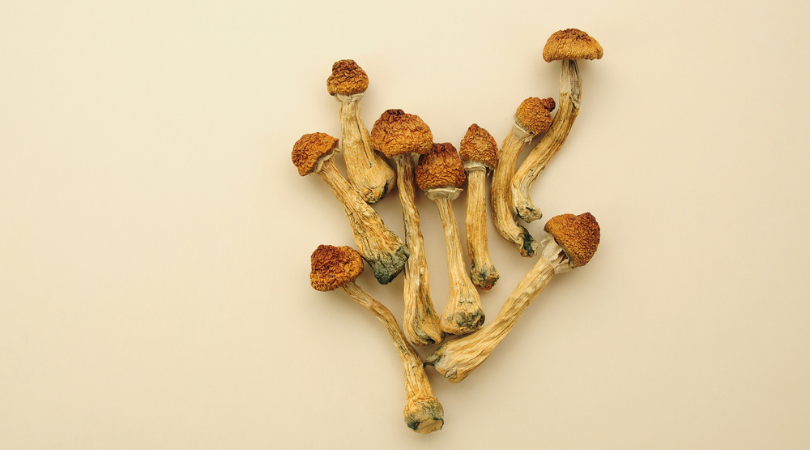The Mushrooms For Beginners – Dosing And Product … Ideas

You’ve most likely found out about the healing benefits of psilocybin therapy, maybe through ‘magic’ mushrooms mentions of pen names like ‘shrooms’. Did you know that there’s over 180 psilocybin mushroom species that could occasion your consciousness-expanding journey through space and time? Some may be more easily available than others, each of these species comes geared up with their own visually-cadent spirit of hallucinogenic ascent.
Today, we’ll be diving head-first into the exquisitely special residential or commercial properties of some of the most popular healing mushroom pressures on the market, including their trademarked shapes, gill structures, and most notably, their recovery impacts. We want to note that the stress of your psychedelic mushroom medication is ultimately of not too much importance.
It’s truly your recovery objective and ability to give up that sways the diagnosis of your trip. Nevertheless, psychedelic research study institutions recommend that understanding the strain you have could absolutely be of value to psychedelic therapy, in order to make more educated decisions on dose and psychedelic safety. Psilocybe cubensis pressures are probably the image that comes to mind when we believe of therapeutic psychedelic mushrooms.
Local to the tropics of Gulf Coast states, “cubes” are amongst the most extensively dispersed types since of their easy-to-cultivate properties, naturally germinating in livestock dung and grown indoors with substrates like coffee or brown rice flour. These medicinal fungis often bruise blue due to oxidation, with narrow gray gills edged by an off-white color, usually consisting of 10-12 mg of psilocybin per gram of dried mushrooms.
The Buzz on A Beginner’s Guide On How To Safely Do Magic …
cubensis has been the fortunate subject of much selective breeding, yielding over 60 divergent stress like Wavy Caps and Penis Envy. The result? Carefully curated hybrid types of mushrooms whose wanted characteristics have been isolated to produce heightened hallucinogenic results (as much as 12x more powerful) and much better adaptation to unforeseeable environmental conditions.
Now let’s check out the substantial hereditary analogs, of these psychedelic mushrooms. ‘Golden Teacher’ is amongst the most favored stress of therapeutic psychedelic mushrooms. Their wonderfully plump, smooth-to-the-touch caps produce a tinge of burnt-orange that fades into a slightly paler, somewhat-girthy stem. Journeying with Golden Teachers will take you along for a really introspective trip.
https://thirdshroom.com/product-category/magic-mushrooms/
63% psilocybin, 0. 60% psilocin, and 0. 25% baeocystin, and with a much shorter than average journey period of 2-4 hours, making it a perfect pressure for the not-so-experienced journeyer. Nevertheless, the recovery powers of these tough, little mushrooms need to not be neglected. In reality, Golden Teachers make their claim to fame by transferring a palpable sense of ancient intelligence through consoling sensations of heart-centered heat and love.
‘Albino Goodies’ or albino mushrooms are a cross between the strains Golden Instructor and Albino A+ (AA+). They’re often deemed one of the most potent strains of cubensis and this popular speculation comes from the assumption that AA+ is biochemically similar to Panaeolus, which would describe why their potency is so extremely popular (0.
How Many Different Types Of Psychedelic Mushrooms Are … for Beginners
This vibrant mix thoroughly extracts the unreserved knowledge, deeply reverenced in Golden Instructor stress, to produce revelatory experiences that utilize the apparently quicker-acting, physically-racing strengths of AA+. Though the name suggests AA+ is albino, their cream-colored fruiting body falls more in par with a leucistic denomination, showing noticeable indications of reduced pigmentation.
Psilocybe azurescens, aptly tagged ‘Flying Saucers’, are a relict restorative strain of P. cubensis that are believed to have actually been discovered in 1979 by a group of Kid Scouts wandering the forested grounds of Oregon state. Later on, American mycologist, Paul Stamets, was the very first to name and identify this strain in 1996.
